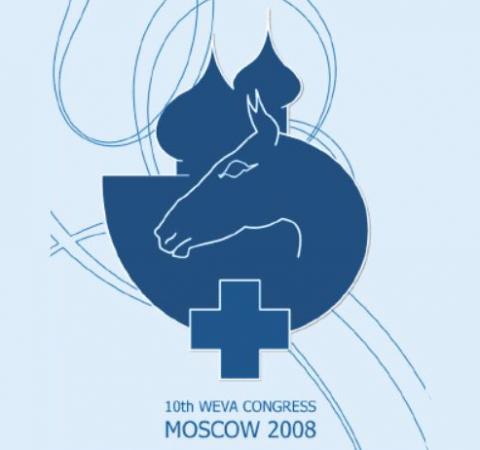Get access to all handy features included in the IVIS website
- Get unlimited access to books, proceedings and journals.
- Get access to a global catalogue of meetings, on-site and online courses, webinars and educational videos.
- Bookmark your favorite articles in My Library for future reading.
- Save future meetings and courses in My Calendar and My e-Learning.
- Ask authors questions and read what others have to say.
The 1 Man Rope Assisted Recovery from Anaesthesia in Horses
Get access to all handy features included in the IVIS website
- Get unlimited access to books, proceedings and journals.
- Get access to a global catalogue of meetings, on-site and online courses, webinars and educational videos.
- Bookmark your favorite articles in My Library for future reading.
- Save future meetings and courses in My Calendar and My e-Learning.
- Ask authors questions and read what others have to say.
Read
In most equine hospitals, assisted recovery is only performed to recover horses after difficult orthopaedic procedures, or for horses with myositis or neurological problems. Fracture repair is not a common surgical procedure in most hospitals and for this reason assisted recovery is not a routine procedure for most equine surgeons and anaesthetists.
Two types of recovery are generally used: rope-assisted recovery within the recovery room and warm water pool recovery.
Pool recovery is uncommon in the majority of European equine hospitals, due to the high cost of facilities, personnel and time. However, it can be invaluable and lifesaving in the recovery of proximal long bone fracture repairs in adult horses. A warm water pool with Jacuzzi jets can also be used for therapeutic treatment of post-surgical or ideopathic myositis.
By contrast, rope-assisted recovery can be used in almost any recovery room. Provided some basic safety guidelines are followed, rope-assisted recovery using a tail rope and head rope is safe and atraumatic for both the horse and the handler. This talk will explain what equipment is needed and how to do it practically. It will also review basic safety guidelines.
Since 1998, we have used rope-assisted recovery on all horses recovering from general anaesthesia in Dierenkliniek De Bosdreef/De Morette. We have recovered more than 7000 horses and have a recovery complication rate of almost zero.
The system we use can be fitted in any recovery room, requires only one handler, is cheap to purchase and has minimal maintenance costs.
The major aim of assisted recovery is to prevent the fright and flight behaviour when the horse is regaining consciousness. This behaviour will stimulate the horse to stand up before regaining full body control. A combination of excitement and ataxia will lead to self-inflicted injuries (fractures, bruising, muscles sprains, wounds, luxations, implant failure).
Injuries during recovery are also related to the size and the temperament of the patient, the type and duration of surgery and the experience of the anaesthetist. [...]
Get access to all handy features included in the IVIS website
- Get unlimited access to books, proceedings and journals.
- Get access to a global catalogue of meetings, on-site and online courses, webinars and educational videos.
- Bookmark your favorite articles in My Library for future reading.
- Save future meetings and courses in My Calendar and My e-Learning.
- Ask authors questions and read what others have to say.




Comments (0)
Ask the author
0 comments